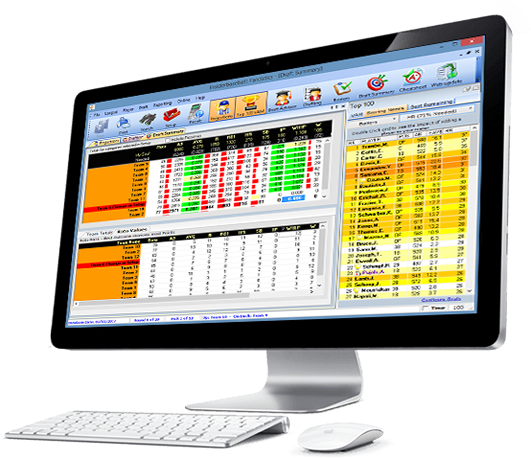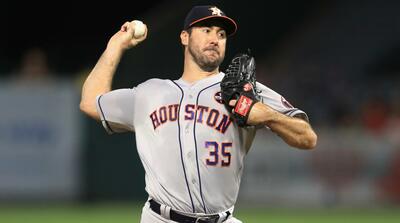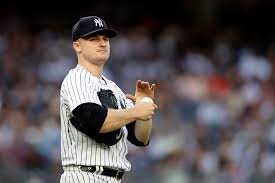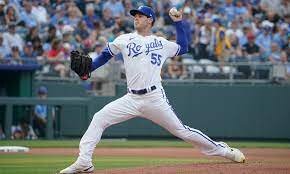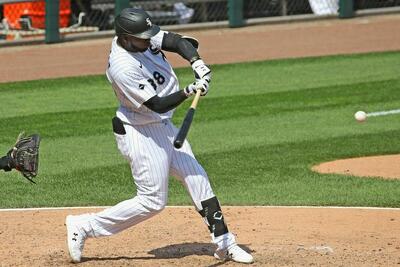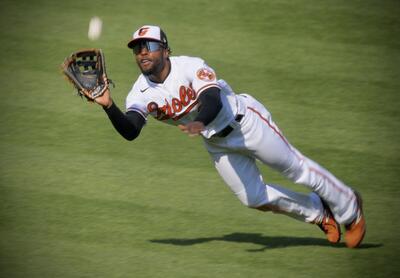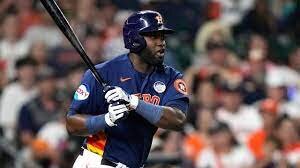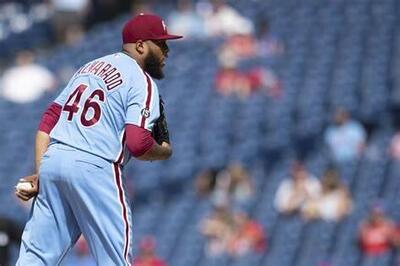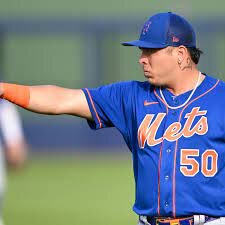Batting average on balls in play, or BABIP, is usually associated with offensive players. After all, it's primarily an offensive statistic. Nonetheless, BABIP against is the adaption of that statistic for pitchers and it's just as useful for them as it is for offensive players. As you probably would expect, below is official definition, as per FanGraphs:
Batting Average on Balls In Play (BABIP) measures how often a ball in play goes for a hit. A ball is "in play" when the plate appearance ends in something other than a strikeout, walk, hit batter, catcher's interference, sacrifice bunt, or home run.
BABIP = (H - HR)/(AB - K - HR + SF)
Even though offensive players arguably have more control over this statistic than pitchers, there's a pretty strong case to be made for BABIP being an even more telling statistic for pitchers than it is for hitters. If a pitcher has less control over an outcome, it means talent becomes a smaller piece of the puzzle. If talent is less of a factor, it means lesser players have an opportunity to post better overall numbers than they should, while better players could post worse overall numbers.
Much like any statistic we use, BABIP against is simply a launching point for us to identify specific players to hold up to the light and examine their underlying numbers a little more closely. Did player A overachieve while player B underachieved? How do we know? What do his underlying metrics like hard hit rate and barrel % allowed say about the results?
League average BABIP in 2020 was .291. For a player to support a league average BABIP, one would also expect to see a hard hit rate allowed around the league average rate of 33.3% and a league average barrels per plate appearance allowed around 7.6%. It's when you see discrepancies in these numbers that raise the red flags in terms of performance. For example, if a player posted a better than average BABIP, yet worse than average hard% allowed and barrels/PA% allowed, it's reasonable to draw the conclusion that favorable luck may have played a part in the strong BABIP number. The reverse is also true and it's important to realize BABIP has three main component - talent, defense and luck. Since pitchers control less of their BABIP by talent, focusing on the luck and defense component becomes quite important when trying to project player performance moving forward.
To get started, below is a dashboard of starting pitchers who started at least 5 games in both 2019 and 2020.

Listen into our SiriusXM Fantistics Insider Baseball Show (Ch.87 Saunday 10-1pm ET) as we discuss these players and what to expect from them with their overall numbers in 2021.
Our fantasy baseball rankings are maintained by our founder and lead Statistician Anthony Perri. Using advanced and cutting edge Sabermetric indicators, which now include velocity indicators on batted balls, our player projections are trusted for accuracy by several Major League Baseball front offices. Over the past 22 years, we have correctly forecast the statistical direction on over 7 out of 10 professional baseball players for their upcoming season. Click here to register today.
